Vera Greentea is back once more for a seventh shot at Kickstarter, having enjoyed success with every single one of her last campaigns. And she’s returning with Allison Strom once more for a third issue of her series ‘Recipes of the Dead’.

A series about a young, struggling baker who accidentally whips up a magical recipe which starts attracting her all kinds of trouble, the series mixes fantasy, magic, demons, romance – all the things every comic could do with more of. And the series features gorgeous, lush, expressive artwork from Strom, a brilliant talent whose every issue is somehow an improvement on the last.
Having already hit the funding target, the third issue will now get to go into production, with Greentea able to pay Strom for all 22 pages of the comic. Any extra money now will go into enhancing the book, as well as helping Greentea head across to NYCC so she can launch the book there. Lucky NYCC.
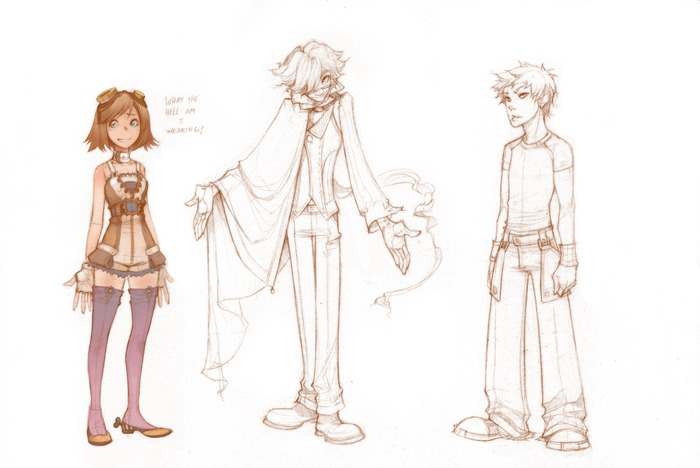
Issue #3 is expected to be completed around September. To find out more, head to the Kickstarter page!
Vera Greentea’s new Kickstarter project, for Nenetl of the Forgotten Spirits, sees her teaming with artist Laura Muller for a second time. After previously having the first issue of their planned four-part miniseries funded through the service, the team have now set up a new Kickstarter for part two. Set during the Day of the Dead festival in Mexico, the story focuses on the eponymous Nenetl, a ghost who comes back to Earth for this one day in order to look for her family.
Greentea has has five successful Kickstarters in a row, with this being her sixth. She was kind enough to talk to me about what Nenetl is about, how the series has developed, and her advice for anyone else looking to take their projects to Kickstarter.

Steve: Who is Nenetl, and what is her story?
Vera: Nenetl is a spirit from the Forgotten Realm, the place where ghosts who had been forgotten by everyone go. Given a chance to come back to the world of the living, she has a single day to find someone to remember her. If she finds at least one person who would care enough to invite her spirit every year, she won’t have to go back to the Forgotten Realm. She’d be able come back every year for the Day of the Dead (the Mexican festival that celebrates remembered passed ones). But it’s not so simple. Her family is long gone and there are exorcists on her trail trying to send her back to the Realm. Part Two of the series begins to explore as to why they need Nena to go back to where she came from.
Steve: What inspired you to write the series? What was the moment where you knew this was an idea you wanted to pursue further?
Vera: The idea of the Day of the Dead very much took hold of me when I first delved into it. Both my cultures (I consider myself part of American and Russian cultures) are rather somber about the idea of death and afterlife. The passing of a beloved person leads to so much anguish in day-to-day life, and I thought it a great comfort when I discovered the Day of the Dead and its cheering traditions. I read as much as I could about it, and somewhere along the way, Nenetl was born. I didn’t intend to write about any of it at first, but I think a large part of me had to share the magic of this festival.
Steve: How did you first get interested in Mexican mythology? It’s an interesting choice of inspiration for a horror series, given how joyous the celebration is.
Vera: I love to spend time reading about different cultures, but with the Mexican culture specifically, I got into it through cooking. My significant other is of Spanish and Latino descent, so we like to shop at a grocery shop that targets the local Latin population. It didn’t take me too long to look up the provenance of a traditional Mexican recipe and begin exploring the Day of the Dead and its incredible culinary practices for the holiday.
And even though it’s such a jovial and optimistic holiday, I do think there’s a lot of spookiness in the festival that absolutely lends itself to a horror series.
Steve: And another thing to note is that this is an all-ages series. Was that always the intent? Do you think writing for all-ages brings another element of challenge into writing a horror story?
Vera: Yes, Nenetl of the Forgotten Spirits was always meant to be all-ages in my mind. As a writer, I tend to go for whimsy and magic more often than not, and I wanted to do a scary series that has an enchantment to it. I’m not one for gore or sex in my writing anyway, so it wasn’t too far of a bend to make sure this book is kid-friendly. Of course, there’s a balance to stride between spooky and terrifying, and I hope that I was able to do that. That said, I do think kids can take horror as long as it’s served with hope and goodness.
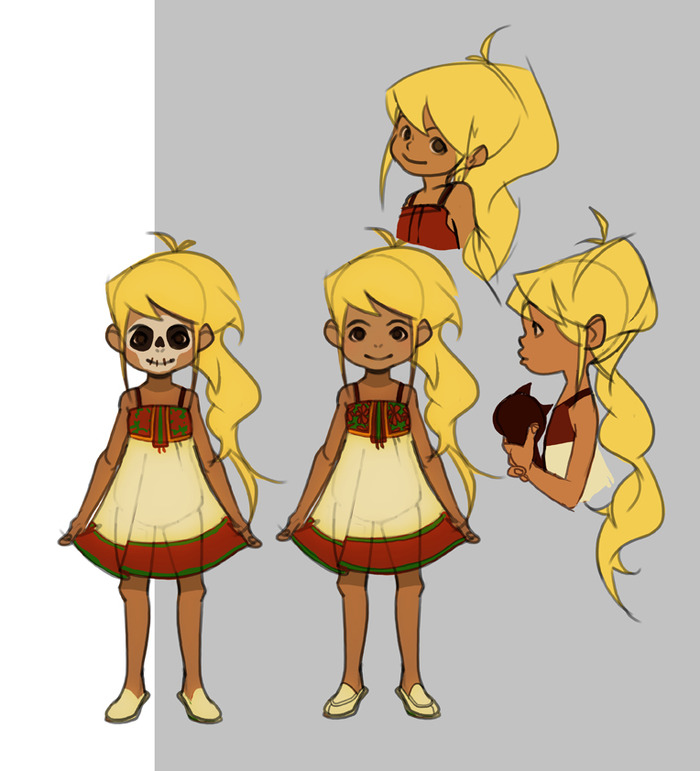
Steve: This is the second part of a planned four-issue miniseries. Could you see the character appearing in more stories, following this miniseries? Do you prefer telling a story with a determined ending, or do you have any interest in an ongoing, returning property?
Vera: This particular story of Nenetl does have a very definite and what I hope is a satisfying ending, and I haven’t planned to write more after the miniseries is done. However, I do see myself missing this world of Nena and the Day of the Dead, and I’m sure I can be persuaded to write another story with one or more of the characters from it. In general, I like experimentation, so I have no problem in doing short stories with a determined ending or going on a long, winding road of one ongoing story. I guess it varies with how much there is to tell about a single character or his/her world.
Steve: The astonishing Laura Müller is drawing and colouring the series. What do you think she brings to the story?
Vera: Oh yes! Laura brings so much to the story! She’s extraordinary. She is very thoughtful in her designs and has an incredible intuitive sense for layout. She also has this sublime feel for the nuances in the personalities of the characters and their acting out the story. She brought energy and vibrancy into the series. And the way she colors… I can’t even. Laura is brilliant.
Steve: How did you first find her work? Did you find her whilst looking for this project, or did you bring this project to her based on having seen her work?
Vera: I was very lucky in discovering her work fairly soon after I wrote the last word of the script. I was looking for someone with a dynamic presence in their work and once I found her, I never looked back. I contacted her immediately and was intensely excited when she wrote back within a few minutes. It was a good day.
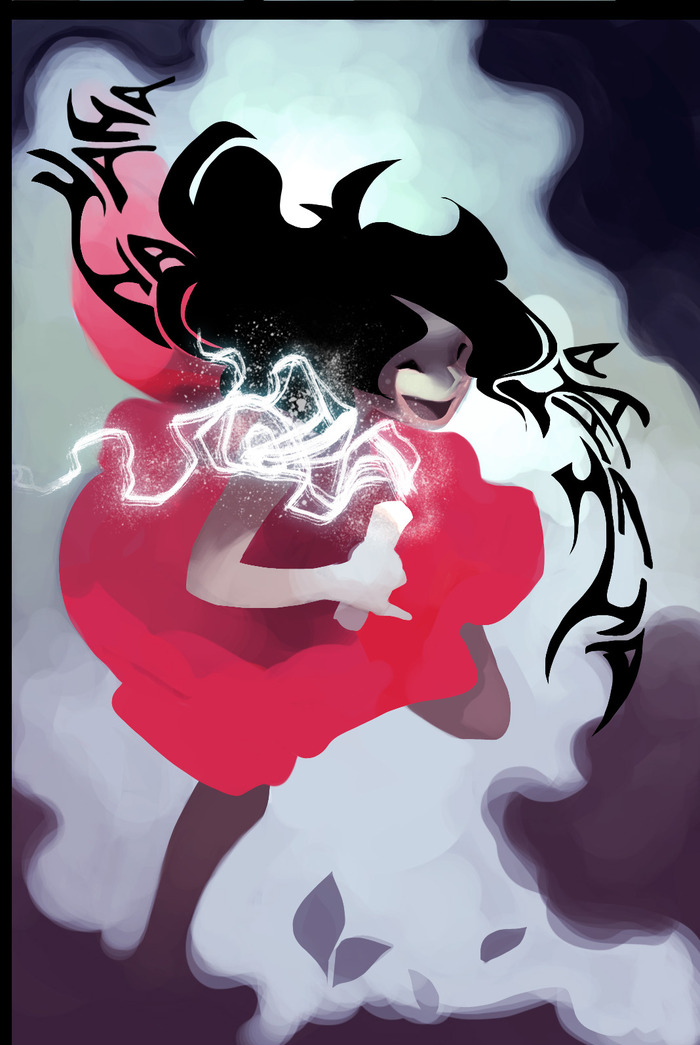
Steve: How has the collaborative process been between you both? A lot of research must have gone into the character designs.
Vera: Absolutely. We do like to talk about the feel and personality of the character or the setting, as well as what part of the story they’re playing and how they should look. Laura and I work very closely on the designs, but at the same time I try to give her space to explore her own feelings about every part within our comic process. I find that when I do that, she comes back with her most amazing work, and I can approve it happily.
Steve: This isn’t your first Kickstarter – how has your experience with crowdfunding been, in general? Greg Rucka described it recently as being “a full-time job”.
Vera: Rucka is so right. It is absolutely a full-time job. But in my personal experience, it’s also a really fun and compelling full-time job. I very much enjoy communicating with my supporters and try to be as present as I can: answering questions, replying to them and being accessible in general. It can take away time from writing, but I find the experience very worth it. And my gosh, this is my sixth project!
Steve: What would you advise for anybody looking to set up their own project? What have you learned works best in terms of incentives, etc?
Vera: My biggest piece of advice is don’t be fearful – really, if you have an amazing project in you, do it. Even if you fail to make your goal, it doesn’t mean you failed – you got your work out there for people to see, you gauged the popularity of this one project, and you showed the world that you are serious about your work.
My second piece of advice is make sure your project is something you can complete in a determined amount of time. You know the ending to your story and how to get there. You know you can do it in 3 months (or 3 years). You can learn other stuff on the job, but you must have those particular basics down.
As for incentives, well, put your best-valued gift at $25-$35 and make sure you’re accessible for questions!
Many thanks to Vera for her time! You can find more details on the Kickstarter on its page. You can also find Vera on Twitter here, and on her website.
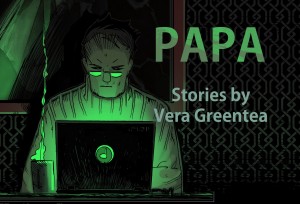
Writer/publisher Vera Greentea is shooting for her fifth successful Kickstarter comic book campaign. Since 2010 she has raised $22,601 and this time she’s trying to hit her $10,000 goal to fund her latest anthology, PAPA.
The expected release for this book is (American) Fathers Day. The money raised will go to the printing. PAPA is expected to be full color, 50 pages in standard comic book format. Vera’s previous projects have been accessible to all ages but PAPA is intended for a mature audience. I suspect this might affect her and dissuade previous supporters, and grow a whole new audience.
Greentea has recruited some stellar talent this time around. I have participated in a successful Kickstarter anthologies where it’s very apparent that it’s the artist’s first printed work but we all have to start somewhere. The only artist I’m familiar with in this book is Lizzy John—I really enjoyed her run on Fraggle Rock, and it’s good to see her still behind the drawing board. It’s nice to see Vera taking a chance on working with other artist that could use the spotlight.
The stories will be illustrated by three insanely gifted artists that I discovered in some prodigy-ridden pocket universe. They are Ben Jelter (Sidius Nova, The Tumor); Lizzy John (Fraggle Rock) and Joseph Lacroix (Diablo).
Vera was kind enough to give me time from her busy publishing schedule to give us some insight on the success of her previous projects and what goes in to creating a successful Kickstarter project. Don’t forget to visit the project page and kick-in a few shekels and help this book see the light of day.
Henry Barajas: You and the artist, Laura Müller, really worked well together on NENETL— how did you two find each other and make this book come alive?
Vera Greentea: For every book I do, I look for a particular “feel” that might give the story a certain kind of atmosphere or flow. For Nenetl, I was looking for an artist that could draw movement. It took some time, but I was excited to find Laura’s art blog, her work is so incredibly dynamic and has a fantastic organic appeal to it. I contacted her and she replied almost immediately. It was clear we were enthusiastic about each other’s work, and I think that shows in the book and gives it so much life. She’s my Nenetl soulmate.
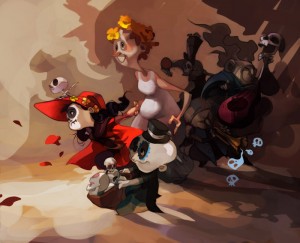
Dia De Los Muertos parade image from NENETL
Barajas: NENETL revolved around Hispanic culture. What got you interested and what kind of research did you do?
Greentea: I feel like I’m surrounded by a lot of Hispanic aspects of culture, especially food – there’s a grocery store by me full of interesting ingredients targeted at the local Latino population, I guess, but I love exploring when it comes to cooking. I constantly look up the provenance of traditional recipes. So I was looking up a recipe, when I came upon information about the Mexican celebration Day of the Dead. I’ve heard of the festival before, but the article just took hold of me. Suddenly it was many hours later and I found myself deep into researching this particular tradition and many peripheral aspects of the culture as well. Something about a culture that isn’t mournful about death, but treasures and invites their passed ones really touched me on a personal level – that is what made me want to delve into its world. I didn’t mean to write a story about it, that just happened I think because part of me wanted to share the gorgeously unique and non-melancholy idea behind the Day of the Dead festival. Even though I finished writing NENTEL l, I still continuously research this tradition, online and off.
Barajas :What helped you the most in achieving the last goal?
Greentea: Laura’s gorgeous art really made a difference from the beginning – it’s just so striking. I tend to be very vocal on the Kickstarter blog for my projects, and this time I had so much art to show in the process updates. With every art-brimming update, people fell in love with Nenetl more and more.
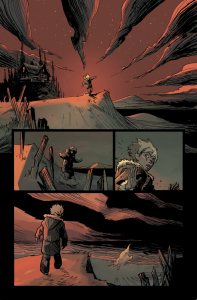
Barajas: You have came up with some interesting pledge rewards and set yourself apart from the rest of the project out there. How do you come up with new rewards for your projects?
Greentea: To tell you a secret, I actually find coming up with incentives really really hard. I have no idea how to create a gorgeous hoodie with Recipes art, or how to find someone to make a life-size plushie of a Nightbird! How do people do that? So I try to come up with bizarre things that no one else will think to have, and things that I feel they can have with them – like a guitar pick on a keychain. Plus, I discovered a lot of fathers these days play guitar. Maybe it’s a rebel baby boomer thing?
Barajas: What can you tell us about PAPA that isn’t already on the page?
Greentea: PAPA is a collection of dark creepy stories about men put in difficult situations, men who also happen to be fathers. Children can be tragically influenced by their parents, and when their fathers are forced to react to their bizarre situations… well, none of the kids can take it lightly. What you can expect are twists and twisted endings, characters with emotional agendas, some humor, but most basically of all, stories about pride and fear and love.
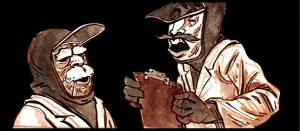
Barajas: Was the making of this book a way to work out some underlining “daddy issues?”
Greentea: Ha! Well, I wouldn’t say I have daddy issues per se, not more than anyone else at least – I do have an interesting father who I love. I find myself interested in relationships, especially the ones between parents and their children. Fathers and mothers are everything to a child, they’re practically their gods. But they’re also just people with human agendas, and silly goals, and just a bundle of ideas that can be absolutely wrong. All the fathers in PAPA are fallible and imperfect.
In the story of NENETL, the main theme is also about a child looking for her family, so I guess I don’t really veer that far from the particular concept of what is the importance of family.

Barajas: It feels like you have a lot of stories that you’re dying to share, why is this story important to tell?
Greentea: I actually wrote the stories of PAPA before I wrote Nenetl of the Forgotten Spirits. To Stop Dreaming of Goddesses, the first comic I wrote, is also rather dark – it’s about fighting your personal demons, even if you think they make you a better person. I think I became a little lighter lately, even as I write stories about long dead kids searching for someone to love them.
Henry Barajas is the co-creator, writer and letterer for El Loco and Captain Unikorn. He has also written and lettered short stories for two successful Kickstarter SpazDog Press projects: Unite and Take Over: Stories inspired by The Smiths and Break The Walls: Comic Stories inspired by The Pixies. He is the Newsroom Research Assistant for The Arizona Daily Star and was nominated for the Shel Dorf Blogger of the Year award for his work at The Beat. You can follow him on Twitter @HenryBarajas.














[...] The Beat ran an interview with me this week. We talked about lots of things, including; my working process [...]